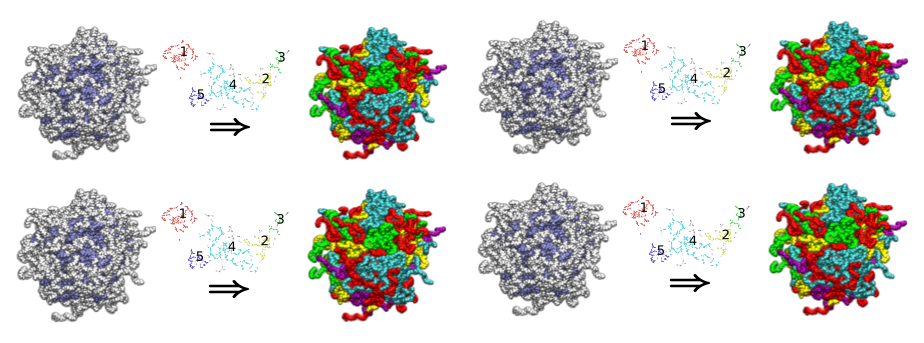In our recent manuscript, we provide new fundamental insights into the microscopic structure of linear and four-arm block copolymers (members of the Pluronic and Tetronic families, respectively). The Pluronics and Tetronics typically self-assemble into small micelles in aqueous solution, which have found societally important applications in biomaterials and drug delivery. Studying these micelles is challenging experimentally given their relatively small size, while obtaining detailed insight from computer simulations is difficult since the polymer chains are large and conformationally flexible. Furthermore, no atomistic simulations have been reported for the entire class of Tetronics to date and as such, no direct comparison of the nanostructure of Pluronic and Tetronic micelles has been made. In this work, we integrate atomistic simulations and state-of-the-art machine learning techniques to uncover previously unobserved structural features of these industrially relevant micelles. In doing so, we show that induvial molecules within the micelles adopt specific conformations driven by their local environment, and that the seemingly disordered micellar coronae are actually made up of distinct structural states. The importance of this work is that it:
- Provides new fundamental insights into the structure of industrially relevant polymer micelles. We show that open conformations exist in both Pluronic and Tetronic micelles, found through the micellar core and core-shell interface, while contracted conformations are preferentially adopted at the core-shell interface. This answers long-held questions in the literature regarding the conformational distribution of polymer molecules within these micelles, as well as highlighting as-of-yet unobserved structural similarities of Pluronic and Tetronic micelles.
- Shows there are distinct structural states in the seemingly disordered micellar corona. The coronae of block copolymer micelles are typically described as disordered. Using hidden Markov models (HMMs), we show there actually exists clearly distinct underlying structures in the micellar coronae. We uncover a mechanism that accounts for the transitions between these states, using graph theory to unravel the role that interfacial water molecules play in this dynamical process.
Full reference: Unsupervised learning unravels the structure of four-arm and linear block copolymer micelles. Robert M. Ziolek, Paul Smith, Demi L. Pink, Cécile A. Dreiss & Christian D. Lorenz, Macromolecules (2021) 54 (8), 3755-3768.

